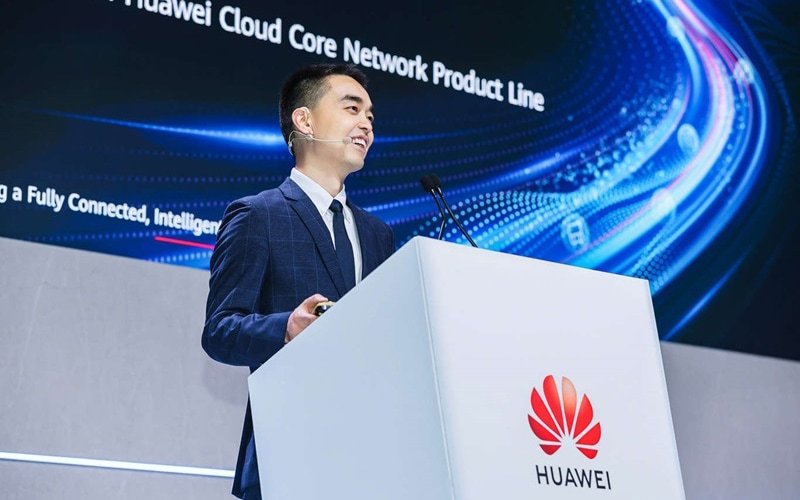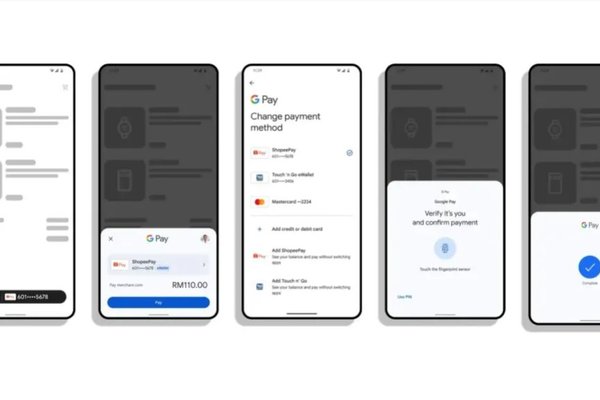The convergence of AI and 5G technologies is transforming the telecommunications landscape, as highlighted at the recent Mobile World Congress (MWC) 2025. Industry leaders gathered to showcase how this powerful combination is creating new opportunities for network optimization, customer experience enhancement, and enterprise solutions.
Qualcomm made significant announcements at the event, introducing the world's first 5G Advanced fixed wireless access platform and new industrial IoT modem-RF systems. The company also revealed a strategic collaboration with IBM to accelerate innovation in connectivity and AI technologies. This partnership demonstrates how AI's role in telecom is expanding beyond network operations to broader applications in customer engagement and productivity enhancement.
Telefónica achieved a major milestone by completing Europe's first 5G Standalone call using a hybrid cloud architecture in collaboration with Nokia and AWS. This breakthrough leverages cloud-native Radio Access Networks (RAN), representing what many consider the final frontier for telecom cloudification. The implementation uses AWS Graviton-powered EC2 instances to run containerized network functions, improving resilience, automation, and scalability while reducing operational complexity.
Enterprise solutions remain a crucial revenue driver for telecom operators, contributing nearly one-third of the sector's global revenue. MWC 2025's "Enterprise Reinvented" theme showcased how the combination of AI, 5G, and edge computing is revolutionizing industries through private 5G networks, AI-driven automation, and edge computing capabilities. These technologies enable secure, low-latency connectivity for mission-critical applications, enhancing operational efficiency and enabling real-time decision-making.
Network APIs are emerging as key enablers for new revenue streams, particularly through the GSMA Open Gateway initiative that promotes collaboration between telecom providers and cloud service operators. As enterprises seek comprehensive solutions beyond basic connectivity, telecom companies are enhancing their offerings with AI-driven insights, application orchestration, and real-time performance management.
The telecom industry faces the challenge of balancing technological innovation with commercial viability. Future success will depend on effective 5G monetization, AI-powered automation, and enterprise-focused solutions as the global economy shifts toward experience-driven services. The continued expansion of 5G, alongside early explorations of 6G and Non-Terrestrial Networks (NTNs), will define the future of connectivity and shape the industry's trajectory for the next decade.
Recent Technology Articles
Tesla expands real-world Full Self-Driving testing with billions of new miles of data
Tesla is accelerating its Full Self-Driving ambitions by expanding its testing program, now leveraging over 6 billion miles of real-world …
Apple Vision Pro Struggles with Developer Adoption as Ecosystem Growth Stalls in 2025
Apple's Vision Pro headset continues to struggle with ecosystem growth in 2025, showing stagnant app development with only 1,770 available …
30 Lines of Linux Code Could Slash Data Center Power Use by 30 Percent
Researchers have found that adding 30 lines of code to Linux could reduce data center energy consumption by up to …
Google Pay Rolls Out ShopeePay and TNG eWallet Integration in Malaysia
Google Pay has launched support for ShopeePay and TNG eWallet in Malaysia, enabling Android users to pay and top up …
# Oracle Cloud Security Incidents: Understanding the Recent Breaches and Their Impact
Oracle faces mounting pressure as multiple cloud security incidents lead to government warnings, potential exposure of healthcare data, and class …
AI Market Set to Soar: Multiple Forecasts Predict Trillion-Dollar Growth by 2030
The global AI market is projected to reach between $1-1.8 trillion by 2030, with multiple research firms forecasting explosive growth …

Tesla expands real-world Full Self-Driving testing with billions of new miles of data
Tesla is accelerating its Full Self-Driving ambitions by expanding its testing program, now leveraging over …

Apple Vision Pro Struggles with Developer Adoption as Ecosystem Growth Stalls in 2025
Apple's Vision Pro headset continues to struggle with ecosystem growth in 2025, showing stagnant app …

30 Lines of Linux Code Could Slash Data Center Power Use by 30 Percent
Researchers have found that adding 30 lines of code to Linux could reduce data center …

Google Pay Rolls Out ShopeePay and TNG eWallet Integration in Malaysia
Google Pay has launched support for ShopeePay and TNG eWallet in Malaysia, enabling Android users …





